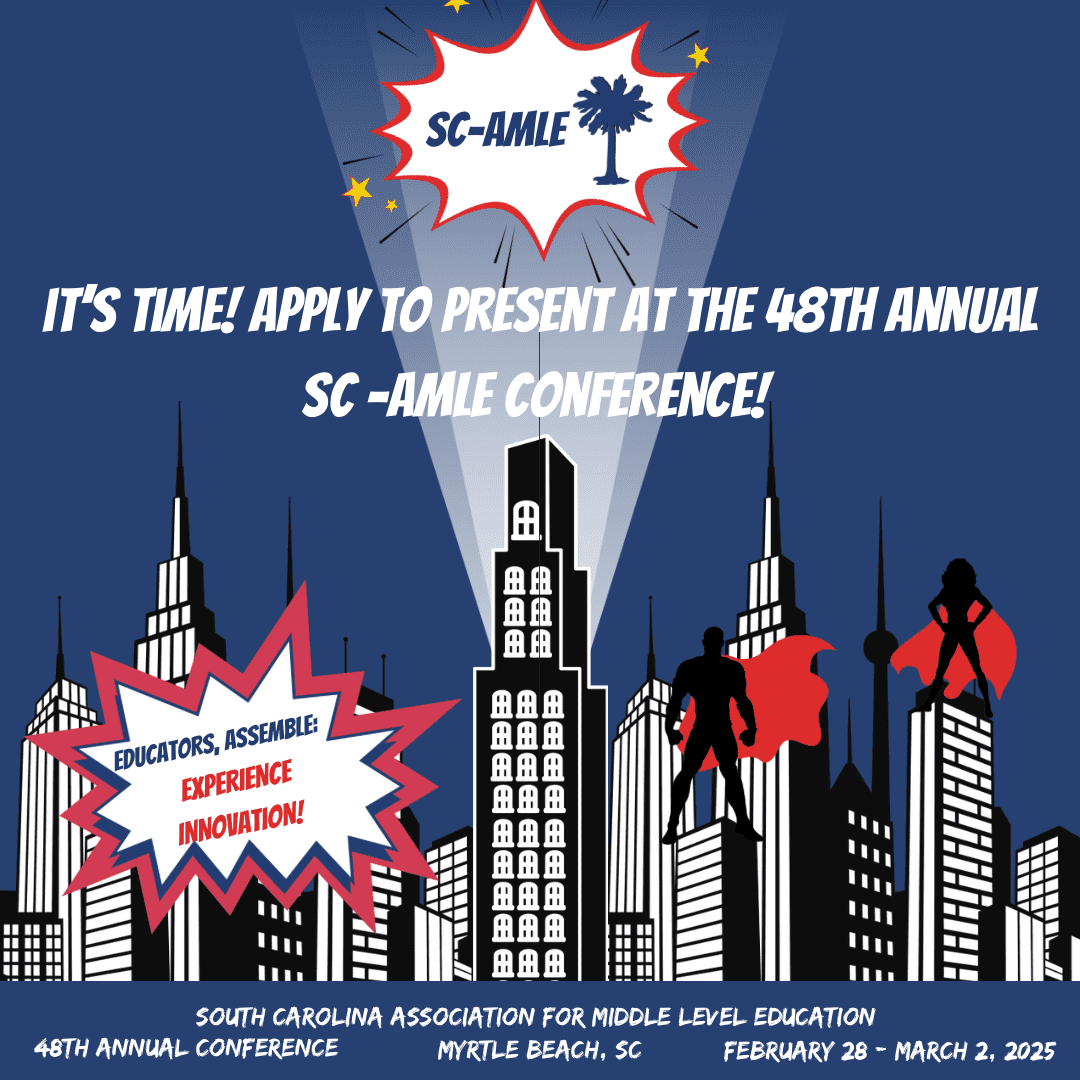Schools to Watch
— Self Rating Rubric
South Carolina Association For Middle Level Education »
The Schools to Watch Program is a copyright-protected program of the National Forum to Accelerate Middle Grades Reform. Criteria established by the National Forum are used as the basis for the Forum’s Schools to Watch Program, which focuses on school improvement efforts characterized by a continuous trajectory toward success.
The following Self Study and Rating Rubric may be used freely by any middle grade or secondary school to study and rate its practices. No adaptations to this self-study and rubric may be used without written permission from the Schools to Watch Committee and Board of the National Forum to Accelerate Middle Grades Reform.
The rubric is a continuing-improvement tool as well as a mandatory self-rating for schools interested in applying for a state Schools to Watch designation. Schools applying for an STW state designation should be consistently averaging scores between 3.4 and 4.0 in all sections and components.
Four Sections of the Rubric
The ultimate goal is to be consistently excellent and rate a well-evidenced score point FOUR in every component (general and detail) of every section. Even when that ultimate goal is reached, a truly high-performing middle school will continue to seek ways to improve as new challenges arise.
Four
Three
Two
One

Are you interested in using the Self-Rating Rubric in your school? For a cost of $300.00, you can access the online electronic data system and receive a comprehensive report of the results. To get your school set up, contact David McDonald.

